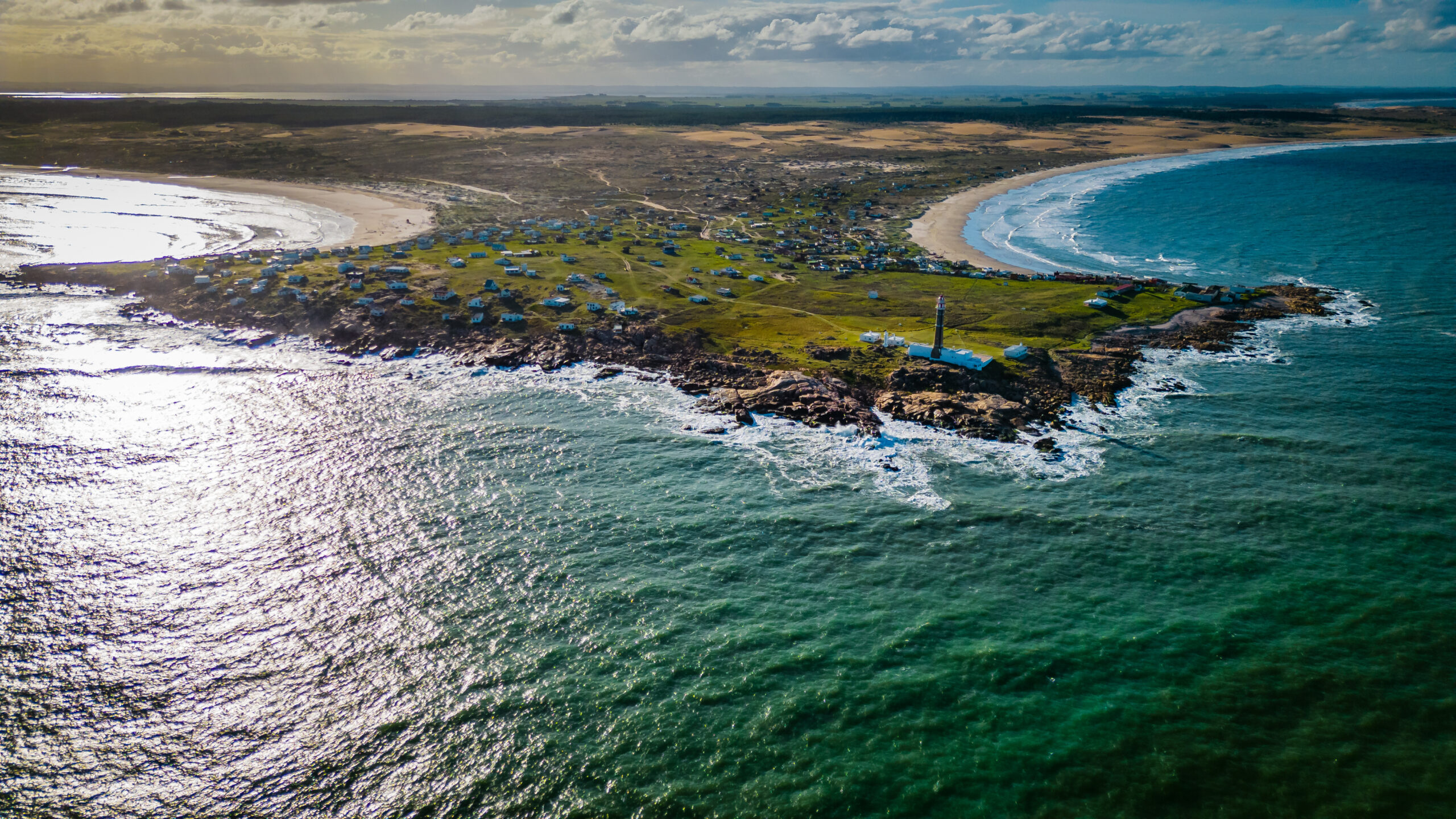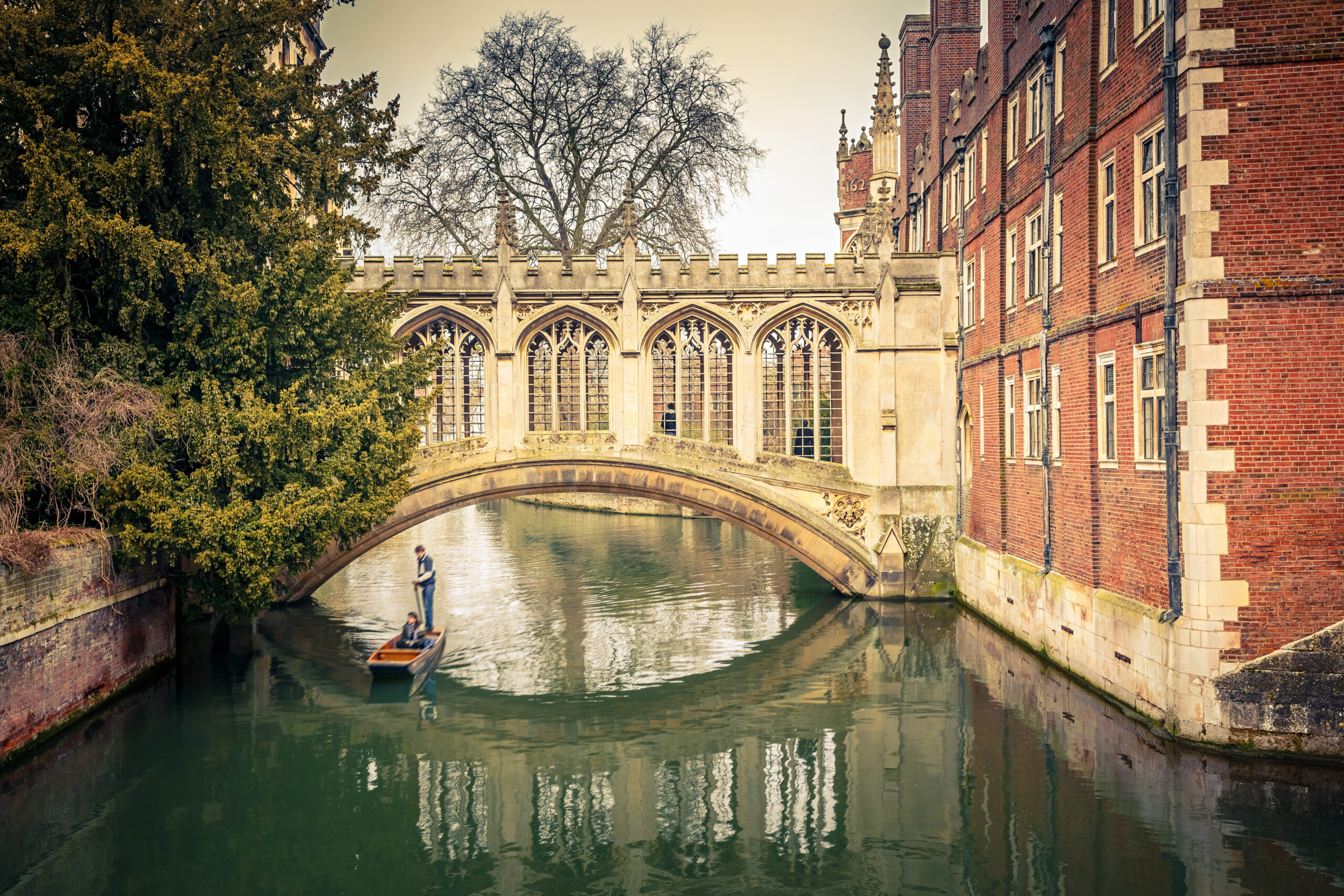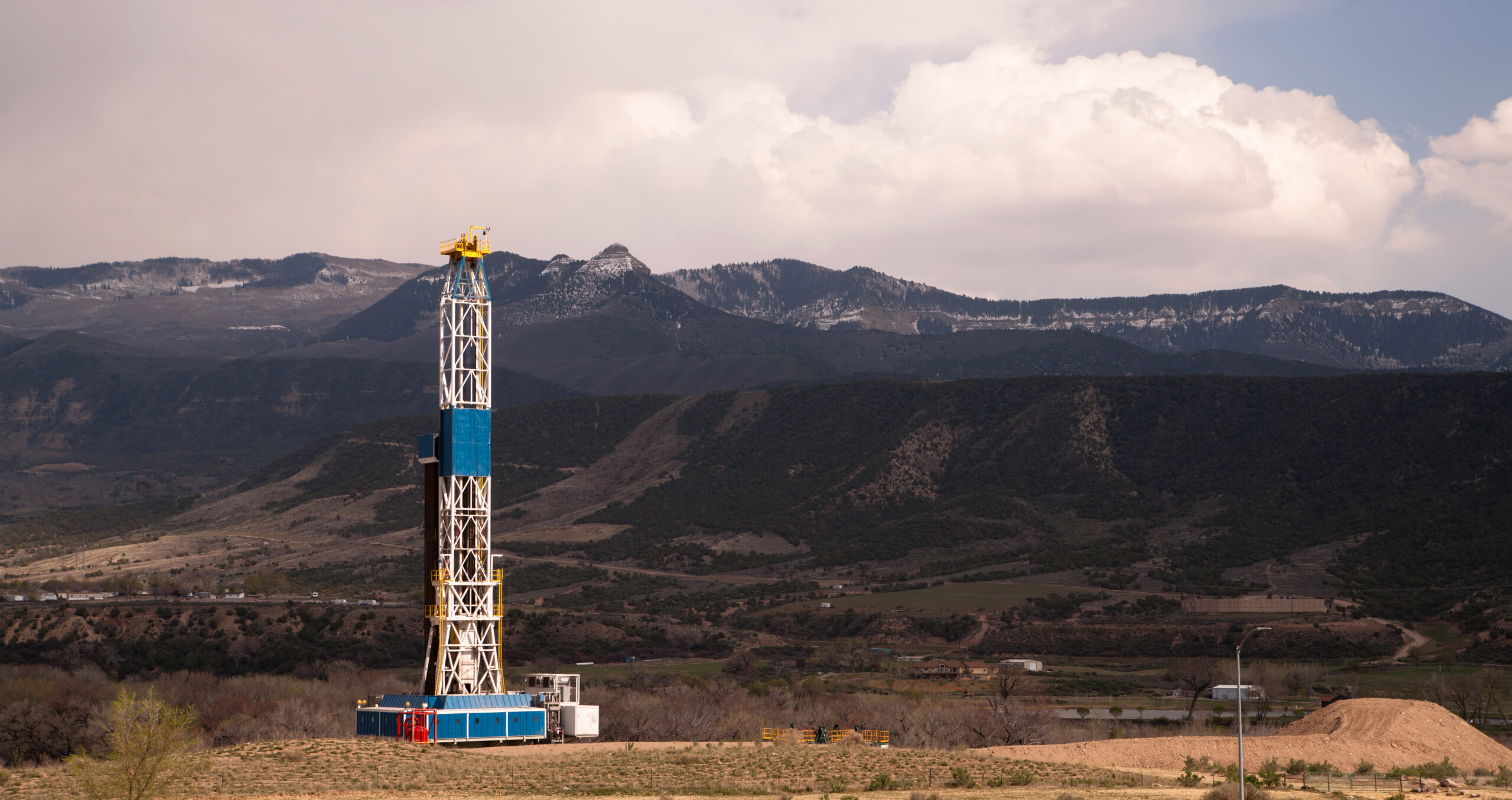Green hydrogen sector in Chile demands state action
Chile needs to accelerate legal, regulatory and marketing groundwork for green hydrogen if it hopes to meet ambitious production and export targets, executives in the fledgling industry say.

Chile, a hotspot for solar and wind power, is one of the global frontrunners in the race to supply green hydrogen, a carbon-free energy source that is poised to nudge out fossil fuels, especially in sectors that are difficult to electrify such as heavy trucks, maritime shipping and aviation.
Inside Chile, early movers are starting to show progress. AES Andes, the local subsidiary of US utility AES that is Chile’s top power generator, has launched a first-ever open season for green hydrogen supply contracts targeted at heavy trucks in the country’s northern mining heartland, starting in 2024. The $10 million Adelaida project, located adjacent to the utility’s 558 MW Angamos coal-fired power station in the industrial port city of Mejillones, will produce 1,000 kg of green hydrogen per day from a 2.5 MW electrolyser. The project will rely on renewable energy from the national power grid and water from the company’s desalinisation plant, and will feature 1,500 kg of storage and two loading docks. Industry consultations kick off this month, and bids for long-term supply contracts are due in April 2023.
At the far southern end of Chile, HIF Global, controlled by Chilean company AME, will start producing carbon-neutral fuels from green hydrogen at its Haru Oni demonstration plant in the Magallanes region from next Tuesday, December 20. The $51 million project will use dedicated wind power to make the hydrogen, which it will combine with CO2 from the atmosphere to produce “efuels” — carbon neutral gasoline and carbon-neutral liquefied gas.
HIF boasts a heavyweight roster of international partners, including Porsche, Siemens Energy and ExxonMobil. Nonetheless, HIF and its wind energy partner Enel ran into unexpected headwinds in October, when government agencies made what the companies deemed were “exceptional” observations to their environmental permit application for their $500 million Faro del Sur wind energy project that would supply its planned commercial-scale hydrogen complex. The partners promptly withdrew their application. There is no date yet for a second try, HIF Global says.
Speaking at a green hydrogen conference in Santiago in late November, Engie business development head and Chilean green hydrogen association vice president Asunción Borras urged Chile’s government to provide “legal and regulatory certainty” and avoid “subjective interpretation” of legal norms. She also called on the administration to help develop a domestic market, leveraging state-owned copper mining giant Codelco and state-owned oil company Enap. Among Engie’s local hydrogen initiatives is Hydra, which is advancing to replace diesel in mining trucks in northern Chile.
Challenges to green hydrogen in Chile
Speaking at the conference, Angel Caviedes, head of the Energy Ministry’s new energy carriers unit, acknowledged the need to “provide certainty with good regulation.” He laid out concrete challenges, such as international certification of green origin and land zoning, particularly in Magallanes that is blanketed by vast sheep ranches. The government is researching electrolysis performance in Chile’s high altitudes and low humidity, he added.
In mid-2023, the administration of President Gabriel Boric plans to issue an update to the national hydrogen strategy launched in late 2020 by former president Sebastián Piñera’s administration, with an eye toward making projects economically viable.
José Miguel Benavente, vice president of state-run development agency Corfo that is providing early-stage financing for some of Chile’s green hydrogen projects, highlighted the need for local production chains and technology transfers.
Consulted on the sidelines of the event, executives poured cold water on the Boric administration’s aspirations to build electrolysers locally, because Chile has a limited domestic market and lies far from future demand centres, mainly the EU. The officials speaking on the panel made no mention of the administration’s plan to establish a national hydrogen company.
Rebranding Chile’s economy
The small but growing industry is encouraged by institutional initiatives, including a government green hydrogen committee incorporating representatives of 11 ministries. But executives expressed concern that Chile could miss a target of exporting green hydrogen starting in 2030. Their worries were reflected in the absence of Energy Minister Diego Pardow at the conference. Instead of coming in person as scheduled, the high-profile event opened with a welcome message from the minister in a brief pre-recorded video.
Some attendees interpreted Pardow’s absence as a lack of high-level commitment to an emerging industry that holds the potential to rebrand Chile’s copper-based economy. But measured by a growing number of green hydrogen proposals across the country, the private sector seems undaunted. On deep southern Riesco island, for example, a local consortium wants to transform the site of a decommissioned coal mine into a wind-based hydrogen project. And on the demand side, gas distributor GasValpo is already injecting a nominal amount of green hydrogen into its gas network on the central coast. Once a commercial-scale electrolyser arrives from India in January, GasValpo plans to boost injection to 5%, reaching 20% by 2025.



